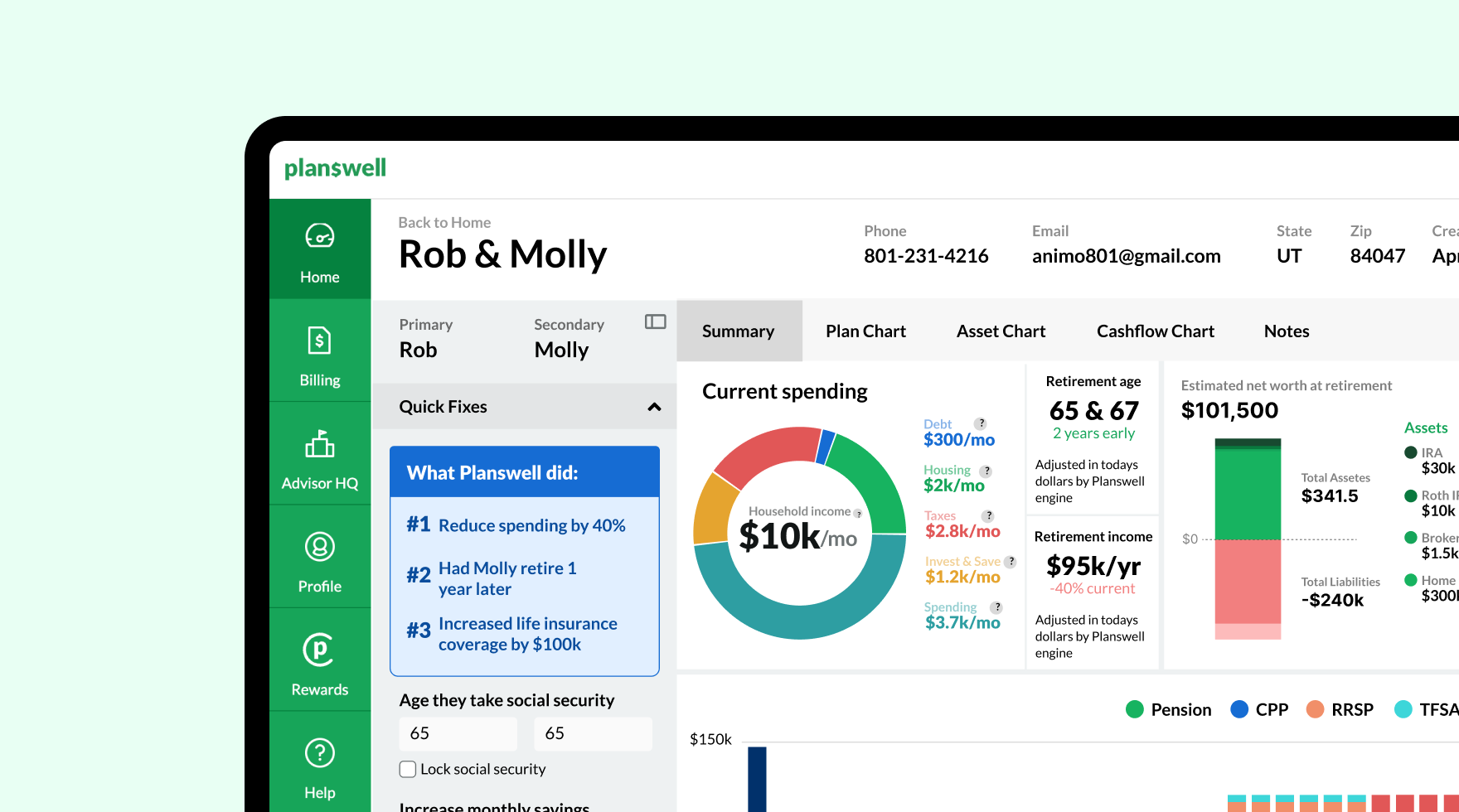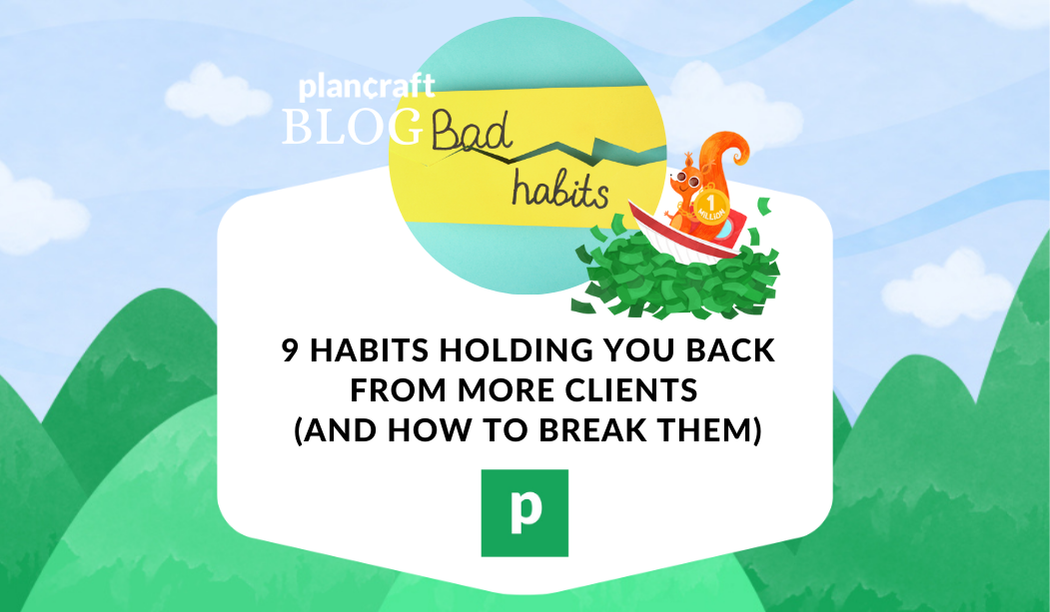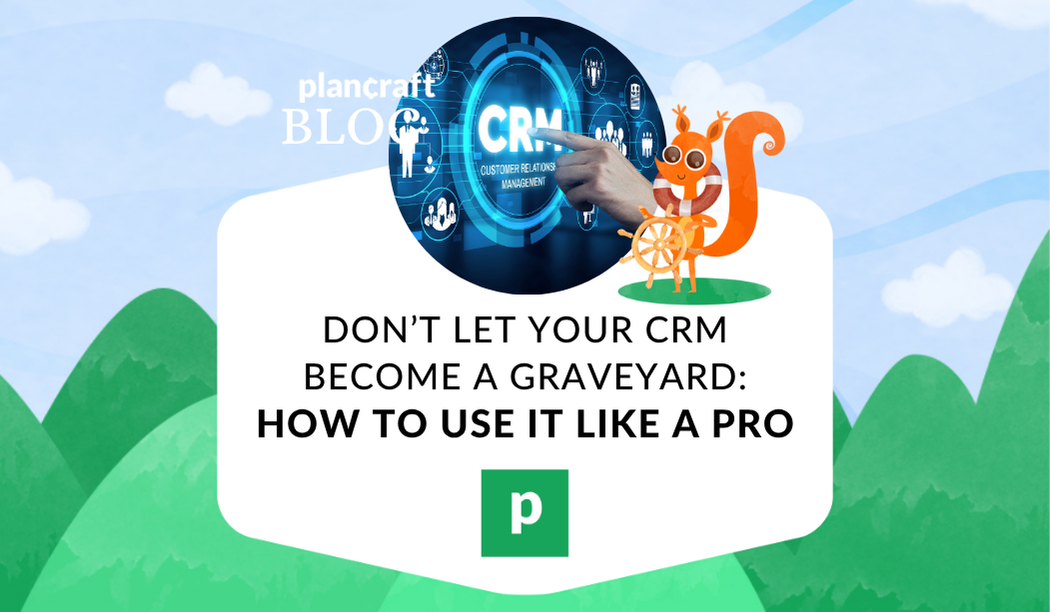Every advisor wants to book more meetings, close more clients, and grow their business. But sometimes, the biggest roadblocks are not market conditions or lead quality. They are habits. The small day-to-day patterns that quietly work against your success.
These habits are easy to overlook. They can even feel like part of your normal workflow. But if you are not booking as many meetings as you would like, or if conversations with prospects seem harder than they should be, it might be time to take a closer look at what you are doing by default.
Here are nine habits that may be slowing your growth and what to try instead.
1. You Over-Explain Your Value
Most advisors genuinely want to help, and that often means they try to prove their value upfront. They explain every step of their process, list credentials, describe products or services in detail, and hope that the more they share, the more convincing they will be.
But for most prospects, it is too much. They are not looking for a crash course in planning. They are trying to answer one simple question: can this person help me?
Instead, start by asking questions. Let the prospect talk. Focus on what they care about right now. You can demonstrate value through curiosity and active listening, not just by talking.
A short, thoughtful conversation that leaves room for questions often does more than a detailed pitch.
2. You Don’t Follow Up Enough
Following up can feel uncomfortable, especially if you are worried about coming across as pushy. But many prospects simply need time and reminders. Their lack of response usually is not personal — it is timing, distractions, or uncertainty.
If you are only following up once or twice, you are likely leaving potential business on the table.
Build a simple, repeatable system for follow-up. Use a calendar or CRM to track when you last reached out. Space out your messages. Keep them short, professional, and focused on offering help rather than closing a deal.
Being consistent shows reliability. That alone can set you apart from other advisors.
3. You Rely Too Much on Referrals
Referrals are wonderful. They come with trust built in and are often ready to move forward quickly. But if your business depends entirely on referrals, you are limited by other people’s schedules, relationships, and timing.
To grow consistently, you need a second source. Whether that is digital leads, live events, webinars, content marketing, or community outreach, the point is to stay proactive.
Referrals are a great bonus, but they should not be your whole plan. A steady flow of new conversations keeps your pipeline moving and puts you in control of your own growth.
4. You Are Spending Too Much Time with the Wrong People
It is easy to get caught up in conversations that feel promising but never go anywhere. You want to be helpful. You see potential. But if you find yourself spending hours with prospects who are not ready, not qualified, or not engaged, you are stretching yourself too thin.
Take time to define what a good fit looks like for your practice. What kind of client do you work best with? What stage of life are they in? What problems do they need solved?
Use that clarity to gently qualify early conversations. You do not need to push people away, but you should focus your energy on those most likely to benefit from what you offer.
5. You’re Asking the Wrong Questions
Many advisors fall into the habit of asking surface-level questions. These are fine to start with, but they often do not create meaningful connection.
Instead of asking only about income, retirement age, or account balances, ask about goals. Ask about fears. Ask what matters most.
Try a question like, “What would progress look like for you this year?” or “What is something you wish you had done differently five years ago?”
These kinds of questions shift the conversation from technical to personal. That is where trust lives — and trust is what moves prospects forward.
6. Your Schedule Is Costing You Meetings
If your calendar is hard to manage or not clearly structured, you are likely missing opportunities. Prospects are busy. If it takes more than two emails to set up a time, some of them will disappear.
Use a scheduling tool that lets people pick from pre-set times. Block off hours in your week specifically for meetings and outreach. And when a prospect says they are interested, offer two clear options instead of asking, “What works for you?”
This kind of structure makes it easier for people to say yes. It also makes your day less chaotic.
7. You Are Ignoring What the Data Is Telling You
If you do not know how many calls you are making each week, how many emails are getting opened, or how many follow-ups lead to a meeting, you are guessing.
Even basic tracking can help you spot patterns. Are certain times of day better for outreach? Do shorter emails get more replies? Are there types of prospects who convert more quickly?
You do not need to be a data scientist. Just track the basics and look at them once a week. You will often find a few small changes that lead to better results.
8. You Have Not Built a Clear Personal Brand
Your brand is not just your logo or website. It is how people experience you — in your emails, your profile picture, your intro message, and your follow-up style.
Ask yourself: is the way I present myself consistent, clear, and aligned with who I want to attract?
If not, make small updates. Rewrite your LinkedIn bio so it speaks to your ideal client. Make sure your profile photo looks current and approachable. Use the same tone across all your communication.
A strong personal brand builds trust before you ever get on a call. That trust shortens the sales cycle.
9. You Are Avoiding Technology
It is easy to tell yourself that you are too busy to learn a new system or too old school to use digital tools. But ignoring technology means working harder than you need to.
Even adopting one or two tools — like a CRM, an email scheduler, or a better calendar app — can save hours each week.
Start with whatever feels easiest. Once you see the time savings, the motivation to keep upgrading will follow.
Technology should not replace relationships, but it should support your process and free you up to do more of what you are best at.
Final Thought
There is no perfect script or secret hack to client growth. But there are patterns that work, and patterns that hold you back.
The key is not to do everything right. It is to become aware of what might need adjusting and take small steps to improve.
If you are ready to take a closer look at your process and start shifting your results, we just covered these exact habits in a recent episode of the Andy & Ermos Show. It is a great listen if you are ready to refresh your approach and grow with more intention.









